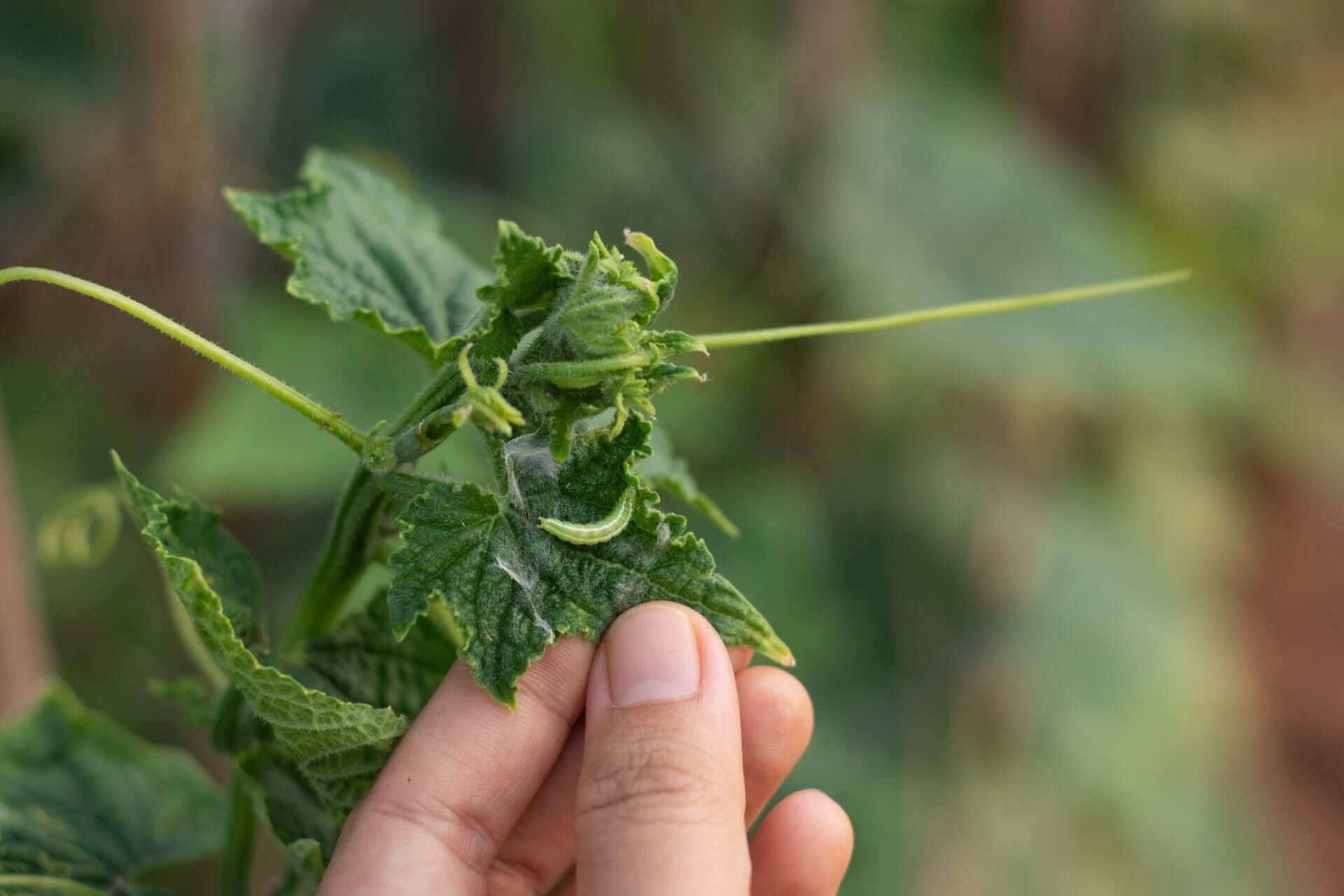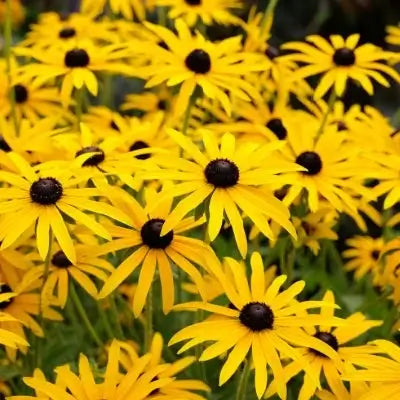A gardener sets aside a part of each day to tend to the garden.
Watering and hoping for the first sprouts, becoming more attuned to the world around us as we listen to the water and watch the natural world around us, and dream of crops and vibrant colors.
So simple an initial step is a profound step for any of us, whether deeply immersed in our everyday routine of every workday or shaking off the inertia of life not being fully lived. Those with mental illness are susceptible to inactivity and few outlets for positive interactions with the world and society. Changing a routine to a robust daily commitment is mentally and physically confident. When you shift your focus from internal worries, stress, and anxieties, you have achieved a revolutionary shift in attitude that will blossom even as your garden does. The increased physical activity has a proven effect of lowering the stress hormone cortisol.
The time spent alone in a garden observing and interacting as you tend to its needs is akin to meditation.
The garden unfolds with life's lessons as only nature can give them. You realize that there is a significant amount of work needed to become a caretaker of your project – your hopes and dreams for a patch of ground that you soon find are so much more than a plan. As life takes hold, you become aware of balances and parallels. As you struggle to keep your garden alive and protected from weather, insects, and wildlife, you feel the garden is utterly dependent upon you. As the hungry hoards descend upon the garden, you learn from them even as you learn from the beneficial visitors, the garden snakes, ladybugs, toads, and more that come to assist you with your defense of the life you are fostering.
The rewards of all the gardener's time and experience are uplifting, as a metaphor can quickly be drawn between a person's progress from the sprout to the blooming plant which produces. It is a life lesson only genuinely given by nature and learned at the pace and ability of the individual.










































































































